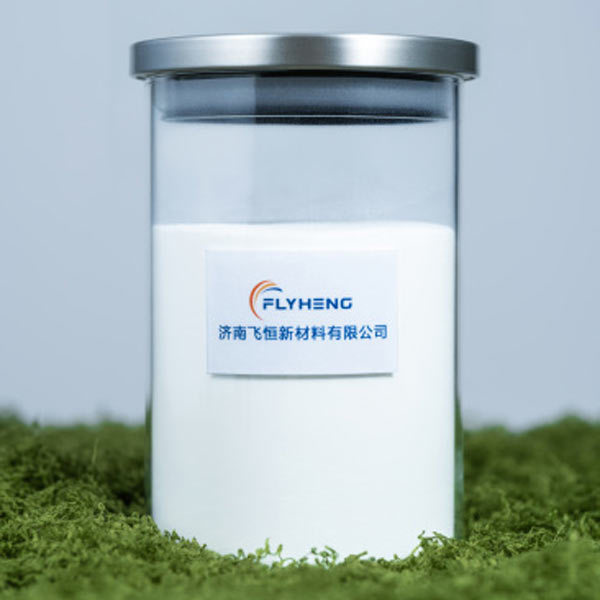Understanding PVC Processing Aids: Enhancing Performance in Chemical Applications
Release time: 2025-07-10
---
Polyvinyl chloride (PVC) is a widely used thermoplastic polymer known for its versatility and durability. However, to achieve optimal performance in various applications, incorporating PVC processing aids is often essential. These additives play a critical role in enhancing the processing efficiency and end-use properties of PVC formulations, particularly in the chemical and metalworking industries.
PVC processing aids are specialized additives designed to improve the flow, stability, and flexibility of PVC during processing. They work by modifying the rheological properties of the material, allowing for easier handling and molding during manufacturing. These aids can significantly reduce the viscosity of PVC formulations, facilitating smoother processing and reducing the energy required during production. This is particularly beneficial in applications such as extrusion and injection molding, where consistent flow characteristics are crucial for achieving high-quality end products.
In addition to improving processability, PVC processing aids can enhance the physical properties of the final product. They can contribute to better impact resistance, improved tensile strength, and enhanced flexibility. This is particularly important in applications where the end product needs to withstand mechanical stress or varying environmental conditions. By optimizing these properties, manufacturers can ensure that their PVC products meet industry standards and customer expectations.
Another significant advantage of using PVC processing aids is their ability to enhance thermal stability. During processing, PVC can be sensitive to heat, leading to degradation and loss of performance. Processing aids can help stabilize the material, allowing for higher processing temperatures without compromising the quality of the final product. This aspect is crucial for manufacturers aiming to increase production efficiency while maintaining the integrity of their PVC formulations.
When selecting PVC processing aids, it is essential to consider several factors, including compatibility with the specific PVC formulation, the desired processing conditions, and the end-use requirements. The right processing aid can make a substantial difference in achieving optimal results. Additionally, manufacturers should be aware of regulatory considerations and environmental impacts, ensuring that the chosen additives comply with industry standards and sustainability practices.
In conclusion, PVC processing aids are vital components in the chemical and metalworking industries, providing numerous benefits that enhance both manufacturing processes and final product quality. Understanding their role and how to effectively incorporate them into PVC formulations can lead to significant improvements in efficiency, performance, and product longevity. As the industry continues to evolve, staying informed about the latest advancements in processing aids will be key for professionals looking to maintain a competitive edge.
Polyvinyl chloride (PVC) is a widely used thermoplastic polymer known for its versatility and durability. However, to achieve optimal performance in various applications, incorporating PVC processing aids is often essential. These additives play a critical role in enhancing the processing efficiency and end-use properties of PVC formulations, particularly in the chemical and metalworking industries.
PVC processing aids are specialized additives designed to improve the flow, stability, and flexibility of PVC during processing. They work by modifying the rheological properties of the material, allowing for easier handling and molding during manufacturing. These aids can significantly reduce the viscosity of PVC formulations, facilitating smoother processing and reducing the energy required during production. This is particularly beneficial in applications such as extrusion and injection molding, where consistent flow characteristics are crucial for achieving high-quality end products.
In addition to improving processability, PVC processing aids can enhance the physical properties of the final product. They can contribute to better impact resistance, improved tensile strength, and enhanced flexibility. This is particularly important in applications where the end product needs to withstand mechanical stress or varying environmental conditions. By optimizing these properties, manufacturers can ensure that their PVC products meet industry standards and customer expectations.
Another significant advantage of using PVC processing aids is their ability to enhance thermal stability. During processing, PVC can be sensitive to heat, leading to degradation and loss of performance. Processing aids can help stabilize the material, allowing for higher processing temperatures without compromising the quality of the final product. This aspect is crucial for manufacturers aiming to increase production efficiency while maintaining the integrity of their PVC formulations.
When selecting PVC processing aids, it is essential to consider several factors, including compatibility with the specific PVC formulation, the desired processing conditions, and the end-use requirements. The right processing aid can make a substantial difference in achieving optimal results. Additionally, manufacturers should be aware of regulatory considerations and environmental impacts, ensuring that the chosen additives comply with industry standards and sustainability practices.
In conclusion, PVC processing aids are vital components in the chemical and metalworking industries, providing numerous benefits that enhance both manufacturing processes and final product quality. Understanding their role and how to effectively incorporate them into PVC formulations can lead to significant improvements in efficiency, performance, and product longevity. As the industry continues to evolve, staying informed about the latest advancements in processing aids will be key for professionals looking to maintain a competitive edge.
 sales@feihengchem.com
sales@feihengchem.com
 +8615665855919
+8615665855919 中文
中文 English
English España
España











